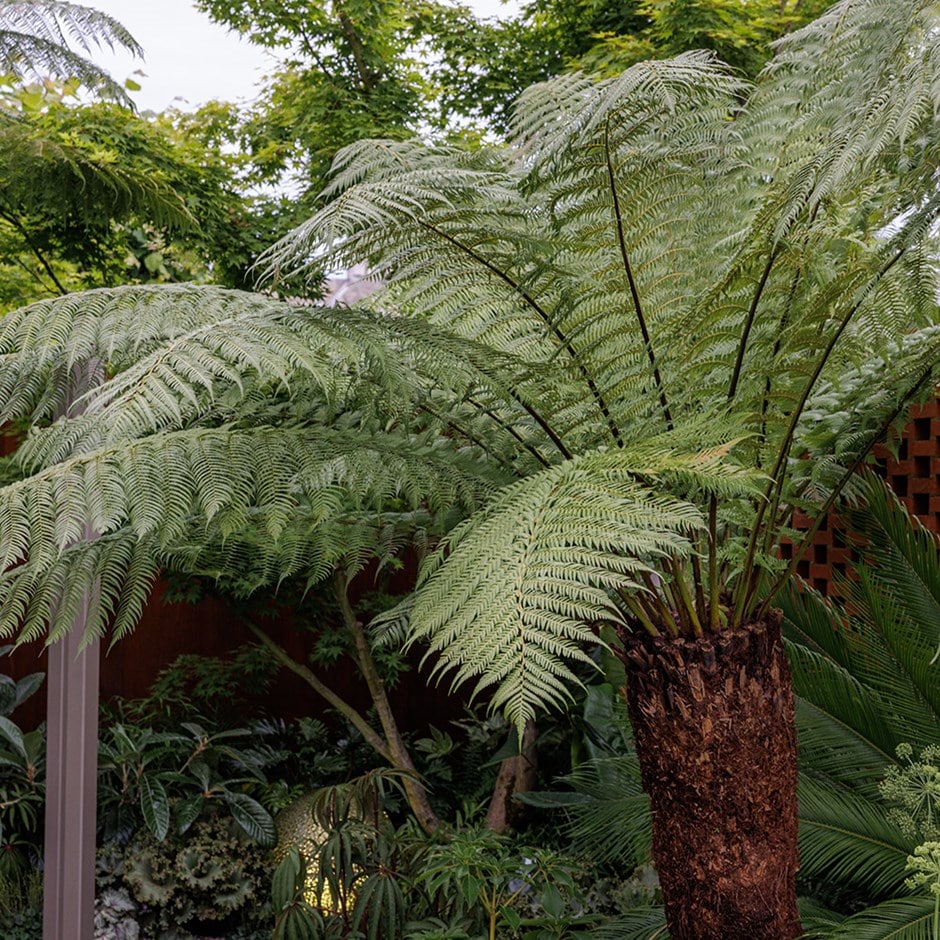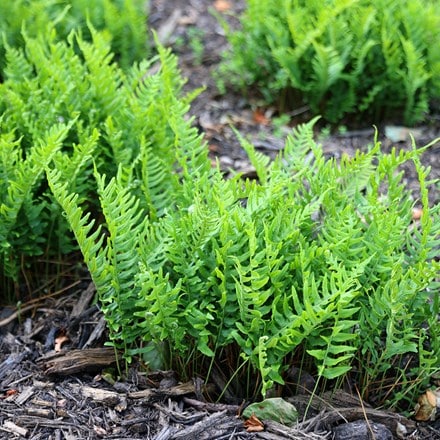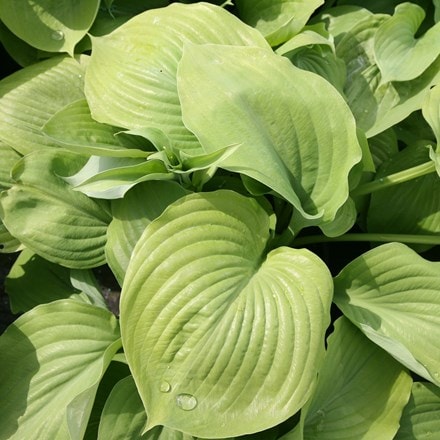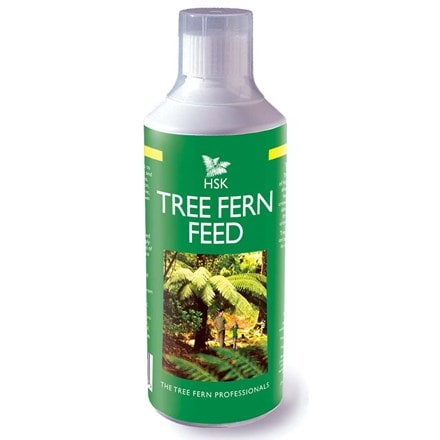Dicksonia antarctica
tree fern
- 15cm tall trunk
- £99.99
- In stock (shipped within 3-5 working days)
- 30cm tall trunk
- £159.99
- In stock (shipped within 3-5 working days)
- 60cm tall trunk
- £349.99
- In stock (shipped within 3-5 working days)
- 90cm tall trunk
- £499.99
- In stock (shipped within 3-5 working days)
- 1.2m tall trunk
- £699.99
- In stock (shipped within 3-5 working days)
- 1.5m tall trunk
- £899.99
- In stock (shipped within 3-5 working days)
- 1.8m tall trunk
- £1,099.99
- In stock (shipped within 3-5 working days)
- 9cm pot
- £12.99
- available to order from late spring
- 3 × 9cm pots
- £33.00 £38.97
- available to order from late spring
- 2 litre pot
- £29.99
- available to order from late spring
- 2.1m tall trunk
- £1,299.99
- available to order from late spring
Delivery options
- Standard £5.95
- Position: partial to full shade
- Soil: humus-rich, neutral to acid soil
- Rate of growth: slow
- Hardiness: frost tender (will need winter protection)
This sought-after fern, will form a thick, tree-like stem as it grows, topped with a crown of large (up to 3m long), filigree-like fronds. One of the oldest plants in the world, once mature, tree ferns are incredibly impressive, and they'll add a touch of drama to any shady garden. Native to Australia and south-eastern regions in Asia, they are slow growing, so can take up to 10 years to develop a 30cm tall stem. Try them in a semi-shaded spot, among ferns and woodland plants, as part of an exotic scheme, or beside water. They are hardy to -10°C, although the foliage may die back at -2°C.
Please note that the photograph shows a mature plant, and as they are quite slow-growing it will take many years to reach a mature size as imaged. Older and larger plants are supplied as stumps, potted to keep the bases hydrated and upright during their journey to you. In winter, during the dormant period, the plant may arrive without fronds.
Please note that the photograph shows a mature plant, and as they are quite slow-growing it will take many years to reach a mature size as imaged. Older and larger plants are supplied as stumps, potted to keep the bases hydrated and upright during their journey to you. In winter, during the dormant period, the plant may arrive without fronds.
As these plants absorb their nutrients through the stem (which ais covered in fibroud roots), it is important to make sure when watering that this is kept moist. They are not fully hardy so will need protection in winter. In milder areas you can do this by gently stuffing a few handfuls of fallen leaves into the crown. In colder parts of the country, pack the crown with straw before wrapping it with strips of frost fleece, or over-winter it in an unheated greenhouse. As the new growth starts to emerge in spring, the protection should be removed.








